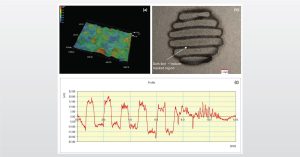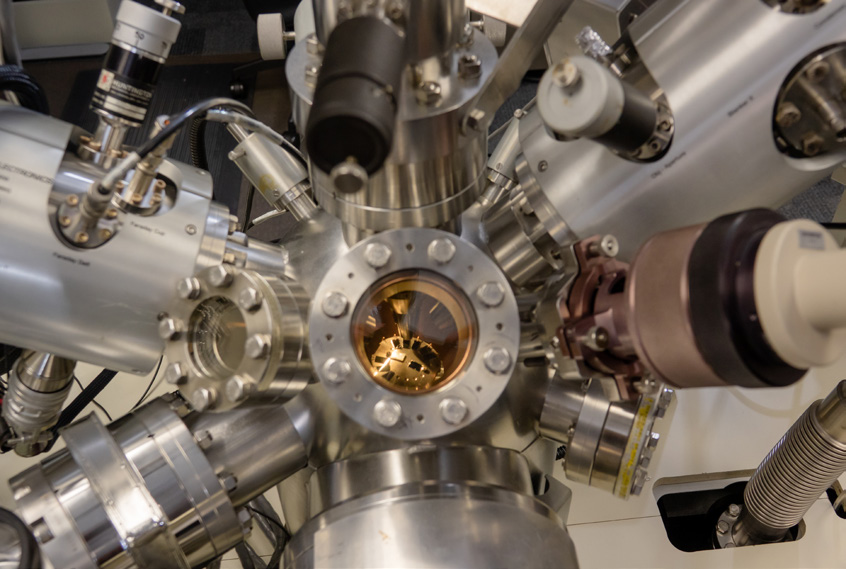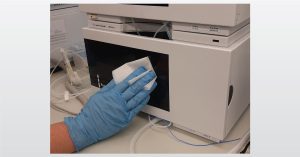
Chemical Analysis of Plasma Resistant Ceramic Coatings Webinar
In the full webinar we will focus Full Survey Chemical Analysis of
Plasma Resistant Ceramic Coatings using GDMS
Home » Quantum Computers – The Supercomputer
Computers can do just about anything. Users can create interactive video games, design intricate websites, create massive spreadsheets, and so much more. However, many might not know that our everyday computers have their limits. They can’t solve everything – and that is why we have quantum computers that can perform quantum computing.
Quantum computing is a “rapidly emerging technology that harnesses the laws of quantum mechanics to solve problems too complex for classical computers” (IBM). Quantum computing has the potential to revolutionize various fields by solving problems that are currently intractable for classical computers. Some of the most promising applications of quantum computing include:

(1) Optimization: Quantum computers can quickly analyze and optimize complex systems. This could be useful for tasks like route optimization, supply chain management, and financial portfolio optimization.
(2) Cryptography: Quantum computers have the ability to crack certain encryption algorithms that are currently considered secure; however, they can also be used to develop new cryptographic techniques that are resistant to quantum attacks, ensuring secure communication in a post-quantum world.
(3) Simulation: Quantum computers can simulate and model quantum systems with high accuracy. This is valuable for studying chemical reactions, drug discovery, material science, and understanding complex quantum phenomena.
(4) Machine Learning: Quantum computing can enhance machine learning algorithms by providing faster training and better pattern recognition. It has the potential to tackle complex data analysis problems and optimize algorithms used in artificial intelligence.
(5) Financial Modeling: Quantum Computers can improve financial models and risk analysis by efficiently processing vast amounts of data. This could lead to more accurate predictions in areas such as stock market behavior, risk assessment, and portfolio optimization.
Like with all technological advancements, there is a need to have better, bigger, and faster. As the artificial intelligence (AI) and machine learning (ML) fields continue to grow and evolve, standard computers will soon become obsolete in their capabilities. With a quantum computer’s ability to solve and manage complex algorithms, it will be key to ushering in the next generation of AI and ML. However, before this can take off, the issue of cybersecurity and threats of cybersecurity must be addressed.

Eurofins EAG Laboratories (EAG) has a wide range of techniques that can provide services to the quantum computing industry. Secondary Ion Mass Spectrometry (SIMS) can be useful for particular parts of the structure design in identifying the purity of materials used. SIMS can analyze very thin structures such as silicon germanium structures. Additional thin film measurement techniques such as Rutherford Backscattering Spectrometry (RBS), X-Ray Diffraction (XRD), X-Ray Fluorescence (XRF), and X-Ray Photoelectron Spectroscopy (XPS) are good at verifying thickness and purity. Atom Probe Tomography (APT) provides information to clients in 3 dimensions – this technique provides a 3D model of what is going on in a device.
Understanding the sometimes-sensitive nature of quantum computing, EAG is committed to ensuring the safety and security of client samples. Depending on our clients’ needs, labs within EAG have various certifications, regulatory approvals and/or licenses. Contact us to learn more about our security measures as well as our available analyses for quantum computing.

In the full webinar we will focus Full Survey Chemical Analysis of
Plasma Resistant Ceramic Coatings using GDMS

In this webinar we introduce setting up reliability test plans, processing reliability data and the relation to the lifetime of a product

In this webinar we introduce Chemical Compatibility of Polymers in Medical Devices and prevent material problems in the field

Silicon carbide is increasingly considered a potential replacement for traditional silicon semiconductors due to its superior properties.
To enable certain features and improve your experience with us, this site stores cookies on your computer. Please click Continue to provide your authorization and permanently remove this message.
To find out more, please see our privacy policy.